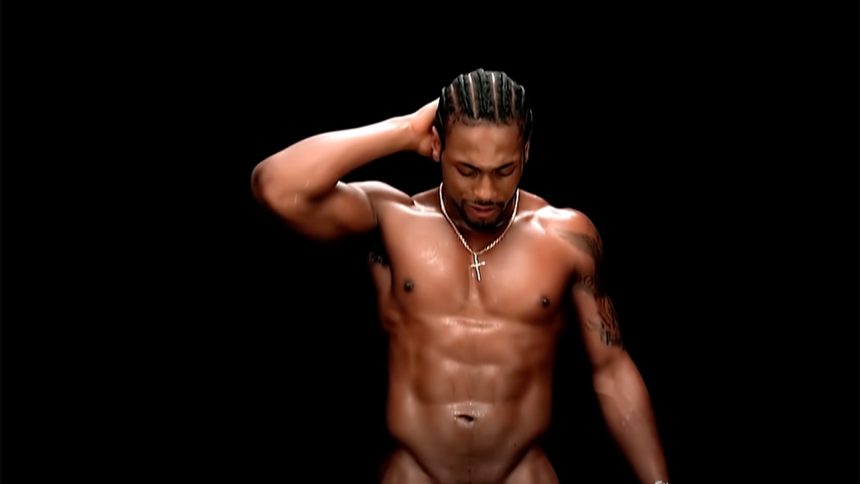D’Angelo’s Steamy “Untitled (How Does It Feel)” Video, as Remembered by Its Director
News of D’Angelo’s death at 51 from pancreatic cancer unlocked a torrent of cherished memories for fans of the soul crooner, and none more so than his breakthrough music video for “Untitled (How Does It Feel)” from his 2000 album Voodoo.
Starkly shot against a black backdrop, D’Angelo, his frame athletic and taut, sported nothing more than a gold chain and crucifix as he relayed the sensual slow-burn of the R&B single. It was a rare moment of male objectification in pop music — and it won him legions of new fans in the process.
The director of that video, Paul Hunter, caught up with The Hollywood Reporter to walk through the making of that groundbreaking cultural moment.
Like a lot of people, I’m sure, the first thing I thought of when I heard of D’Angelo’s passing was your video for “Untitled (How Does it Feel).” How did that come about?
You Might Also Like
I worked with D’Angelo’s manager, Dominique Trenier, who had the idea. We worked on it and shot it.
What was the concept? Just make him sexy?
No, it was more just about capturing his performance in a stripped-down way. It was unfiltered, the audience front and center, capturing a really honest performance and just exploring him as a man. Explore him as an artist. That’s kind of what we did.
In the era, there was also the Sinead O’Connor video for “Nothing Compares 2 U.” You had these sort of one-shot videos where the artist just looked directly into the camera and connected. It reminded me of that. But then it also did present the male body, and male sexuality, in a sort of bold way for mainstream culture. Was he completely naked when he shot it?
No, no. Not at all.
But the camera goes pretty low. It gave the illusion of nudity.
Yeah, no, it was not at all [fully nude]. We just kind of kept it to a certain point. He was on a turntable and we just turned him, rotated him. And we had lighting. It was beautifully lit. The camera rotated around him and we ended up stitching two or three shots together. And that was it.
And do you remember any conversations with him in terms of how comfortable he was? Or was he self-conscious?
We didn’t have any conversations about that. We mostly just talked about his family and his artistry, his music, where he is from. He was really focused on performance.
How long did it take the whole thing to shoot?
I think he shot in about six hours. We did a pre-vis, where we mapped out what the camera was going to do, kind of like a motion-control rig. So we pre-vis that and we back-timed it to the next song. So we knew the pace of the turntable, the rotation, how fast it needed to move. We shot the last part of it in 60 frames a second, so it was slow and he had to sing a little faster to keep up with the speed of the track to stay in sync.
And what’s the effect of that?
It made the buildup of the song feel more silky and smoother. But for the most part, it was meant to be just very straightforward and simple. Just a performance, like an artistic expression. That was really it.
Some of the hip-hop and soul videos of the era were so over the top, and this was so, pardon the expression, stripped down. But like the Sinead O’Connor video, it really just connected. You couldn’t really take your eyes off him. It was both sensual but also a very just emotionally satisfying video. And I think it really turned a lot of people onto him, including myself. I’ll always remember that video. How did people react when the video came out?
I think people liked it. I remember a lot of people admiring and liking it.
Did he ever interact with you in terms of how he felt it came out, or how it changed perception of him in the industry?
I didn’t talk to him about that. I just know that the one was pretty happy. Dominique was happy. We didn’t really talk about that after I made it. And I don’t even think I really connected with him after it. We just kind of kept going.
Well, you’ve made a timeless, amazing work of art and it was the first thing I thought of when I heard the sad news of his passing.
Thank you. It’s all respect for D’Angelo and his work and artistry. That’s the most important thing — his legacy. He’s a wonderful person.


